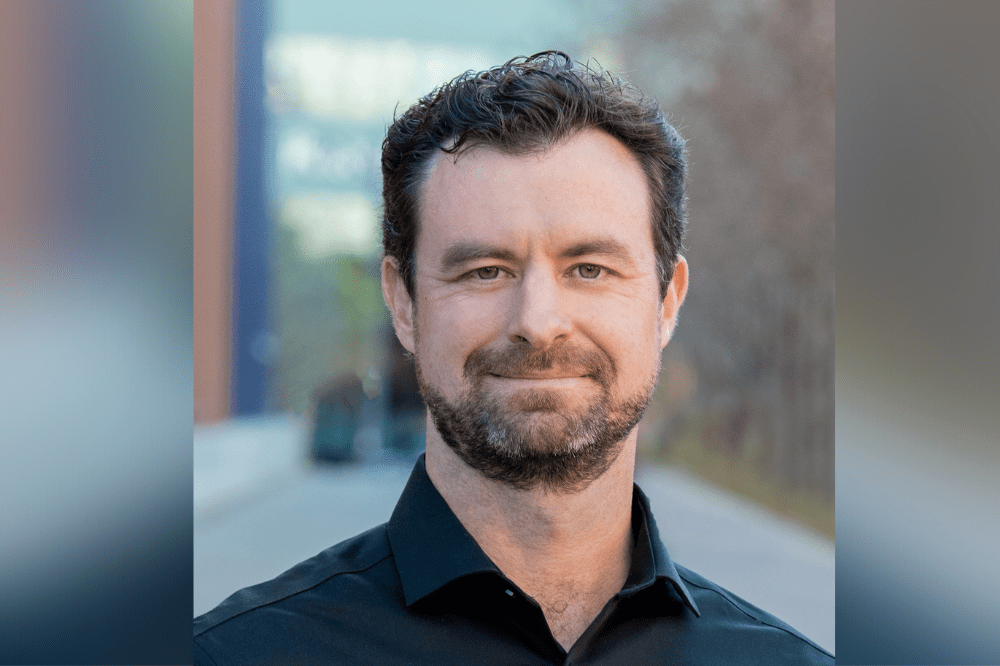Startup helps control workers’ comp costs

“CompScience is about preventing workplace accidents,” said co-founder and CEO Josh Butler (pictured). “Everyone has the right to go home safe at the end of the day.”
Launched in 2019, the company is fresh off a $6 million seed financing. Investors in the platform include Working Capital Fund, Preface Ventures, Hustle Fund and Pathbreaker Ventures. Roughly 13 employees work for CompScience in the US with a number of full-time contractors based globally in places/regions including Brazil and Asia.
Plans call for kicking off a series A financing effort “shortly,” Butler said.
Older idea better executed
CompScience reaches commercial insurance clients largely through bundling. The company does so with four carriers so far: AmTrust, CompWest, The Hartford and Sompo.
“They provide our technology to customers, and we also sell [workers’ comp and liability] insurance,” Butler said. The company operates as a program administrator, placing insurance and working with some carriers directly. He compared CompScience’s model to Hippo, an insurtech that has developed multiple channels for business and distribution.
Butler noted that companies have been talking about using video to encourage greater workplace safety for some time, though he claims CompScience is the first to embed and distribute it through insurance.
“We’ve invested three years in the technology to make it pretty cost effective, where you can actually price it by the insurance,” Butler said.
He added that while other players are using telematics and wearables to increase safety and reduce workers’ compensation insurance costs, those items have a huge adoption hurdle to overcome.
“You have to either get people to wear the [devices] every day or you have to start recording all your other hazards and observations manually in a piece of software,” Butler said. Telematics can be used during driving but not inside a building, he added.
Video analytics
CompScience describes its business model as providing video analytics as a service and data-driven recommendations designed to yield rapid results. The company targets the $6 trillion workplace safety market.
CompScience samples video from existing video systems at customers’ facilities to assess safety practices and offer recommendations on how to reduce or eliminate risk. It’s an idea that is simple and straightforward, fueled by AI-propelled safety analytics.
Most of the customers in CompScience’s target market already have video cameras placed around their warehouse and factories, generally in high traffic areas including outdoors, staging, pick and pack (warehouse and fulfillment orders), and production areas.
Using that existing video, CompScience’s technology generates proprietary risk factors from more than 50 behavioral and environmental hazard detectors, using a growing library of computer vision models. There’s a privacy component as well. CompScience’s system doesn’t keep any personal information or identify individuals, the company noted with its funding announcement.
“There’s nothing about this that collects names or … makes it so you can pick on someone for doing something wrong,” Butler said. “The whole philosophy … is that people aren’t doing unsafe acts on purpose. It’s because the work environment is designed poorly. We need to engineer the risk out of the workflow to eliminate it for good.”
Computer vision AI and data science enable the platform to work effectively, Butler noted.
“There’s the development of computer vision AI that actually recognizes the different elements in the environment. It’s not just the movement of forklifts and goods, but also body position,” Butler said. “We’re not just identifying those struck by [acute] injuries, but those that come up over a period of time where you really need to get a lot of data to understand if [repeated behavior] will turn into” something worse.
That’s a process that an ergonomic expert used to handle in the past, visiting a site and sitting up to a day or more observing employees performing tasks. Now, CompScience automates much of the process.
There’s still room for an ergonomic expert, however, who simply checks CompScience’s readout, much like a radiologist would examine an X-ray.
Once that evaluation is complete, CompScience issues a risk report that summarizes risks identified, key hazards and recommendations for an action plan that could eliminate much of the key risks. The company also offers users a dashboard that lets the client safety manager dive into the data itself to assess.
Before CompScience, Butler led the L4 self-driving car platform team for the Nio’s Advanced Development Center, a $1 billion R&D investment in a vision-based safety system. He’s also previously led analytics, partnerships, product and development team at Meta [Facebook].





